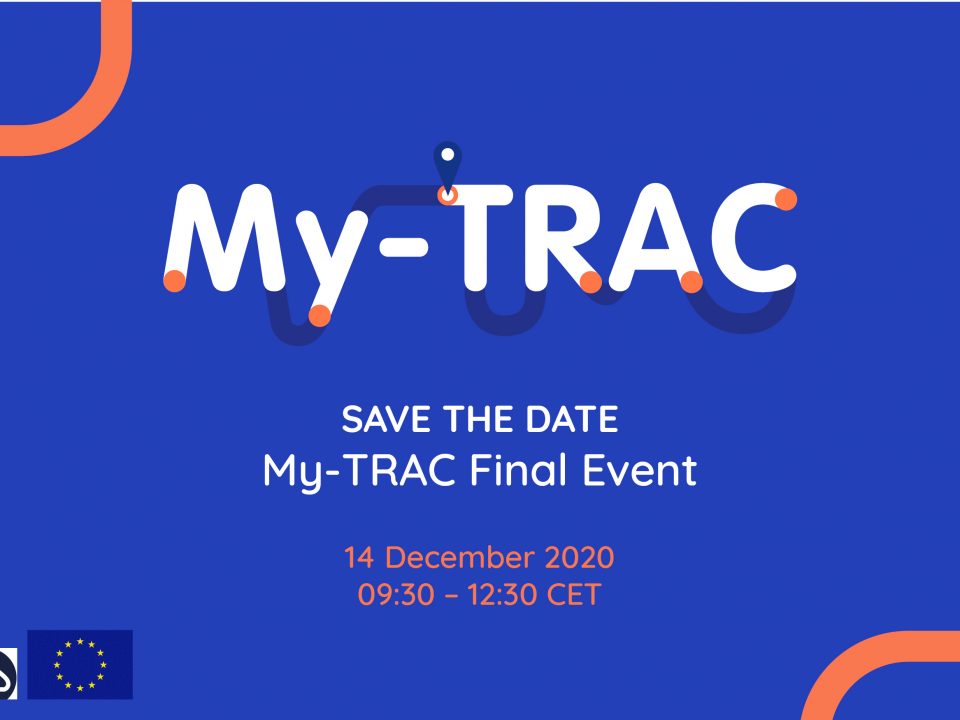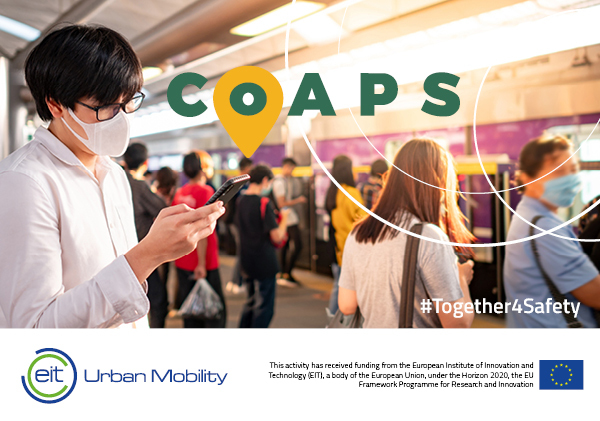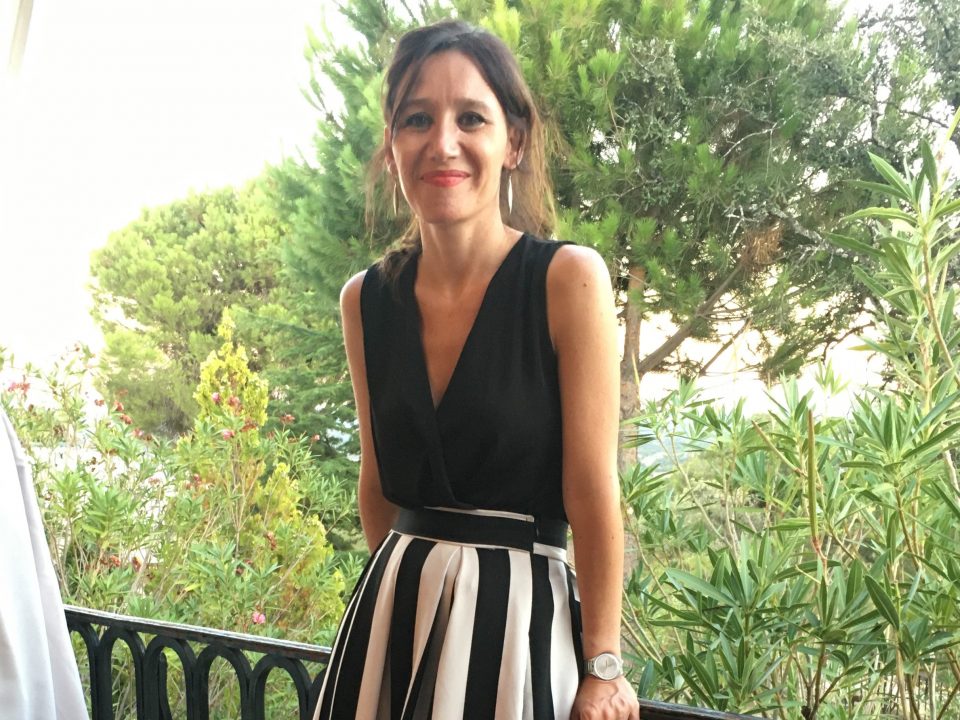Putting multimodal transport at the palm of your hand: My-TRAC project draws to a close

My-TRAC Final Event
December 1, 2020On 14 December, the final conference was held to bring a close to My-TRAC, the EU-project aiming to develop a new ‘Travel Companion’ app and advance door-to-door multimodal mobility in Europe.
What makes the My-TRAC application different than other travel apps? My-TRAC makes use of Artificial Intelligence (AI) and behavioural transport analytics to get to know the user/passenger, this way providing better travel advice that is based on user’s needs and preferences.
During the project Final Event, Carlo Borghini, Executive Director of the Shift2Rail Joint Undertaking, highlighted the importance of My-TRAC:
When I look at the recently released European Commission’s Sustainable and Smart Mobility Strategy, what My-TRAC has done is at the heart of it. By combining technologies such as AI and Machine Learning, knowledge, piloting and bringing together a diversified consortium, a concrete solution advancing seamless and door-to-door mobility has been delivered. The Final Event gathered over 70 participants, who had the opportunity to experience the My-TRAC application through live demonstrations. The project consortium showed how My-TRAC takes into account any needs or disabilities of the user, and how it provides info on promotions from nearby service providers, such as transport discounts or leisure activities. And, My-TRAC was not just developed for passengers: with the app, transport service providers can retrieve real-time and historic data on passenger’s behaviour, which they can use to further improve their services. The so-called ‘Operators Portal’ was also demonstrated during the Final Event. During his speech, Borghini also highlighted that now the My-TRAC project is over, the sector must ensure that the investments done are utilised by other initiatives, with My-TRAC technologies being further deployed and implemented. This is already off to a great start: the technologies developed for My-TRAC are currently being used in another EU-project, CO-APS. Funded by EIT Urban Mobility, CO-APS aims to develop an application that fights the spread of COVID-19 in public transport by predicting density in public spaces. Find out more about CO-APS here!
When I look at the recently released European Commission’s Sustainable and Smart Mobility Strategy, what My-TRAC has done is at the heart of it. By combining technologies such as AI and Machine Learning, knowledge, piloting and bringing together a diversified consortium, a concrete solution advancing seamless and door-to-door mobility has been delivered. The Final Event gathered over 70 participants, who had the opportunity to experience the My-TRAC application through live demonstrations. The project consortium showed how My-TRAC takes into account any needs or disabilities of the user, and how it provides info on promotions from nearby service providers, such as transport discounts or leisure activities. And, My-TRAC was not just developed for passengers: with the app, transport service providers can retrieve real-time and historic data on passenger’s behaviour, which they can use to further improve their services. The so-called ‘Operators Portal’ was also demonstrated during the Final Event. During his speech, Borghini also highlighted that now the My-TRAC project is over, the sector must ensure that the investments done are utilised by other initiatives, with My-TRAC technologies being further deployed and implemented. This is already off to a great start: the technologies developed for My-TRAC are currently being used in another EU-project, CO-APS. Funded by EIT Urban Mobility, CO-APS aims to develop an application that fights the spread of COVID-19 in public transport by predicting density in public spaces. Find out more about CO-APS here!




